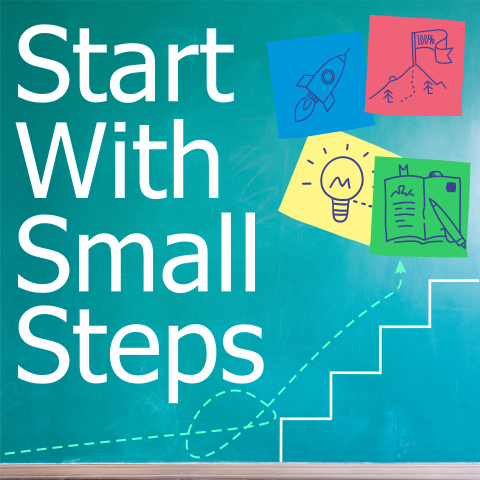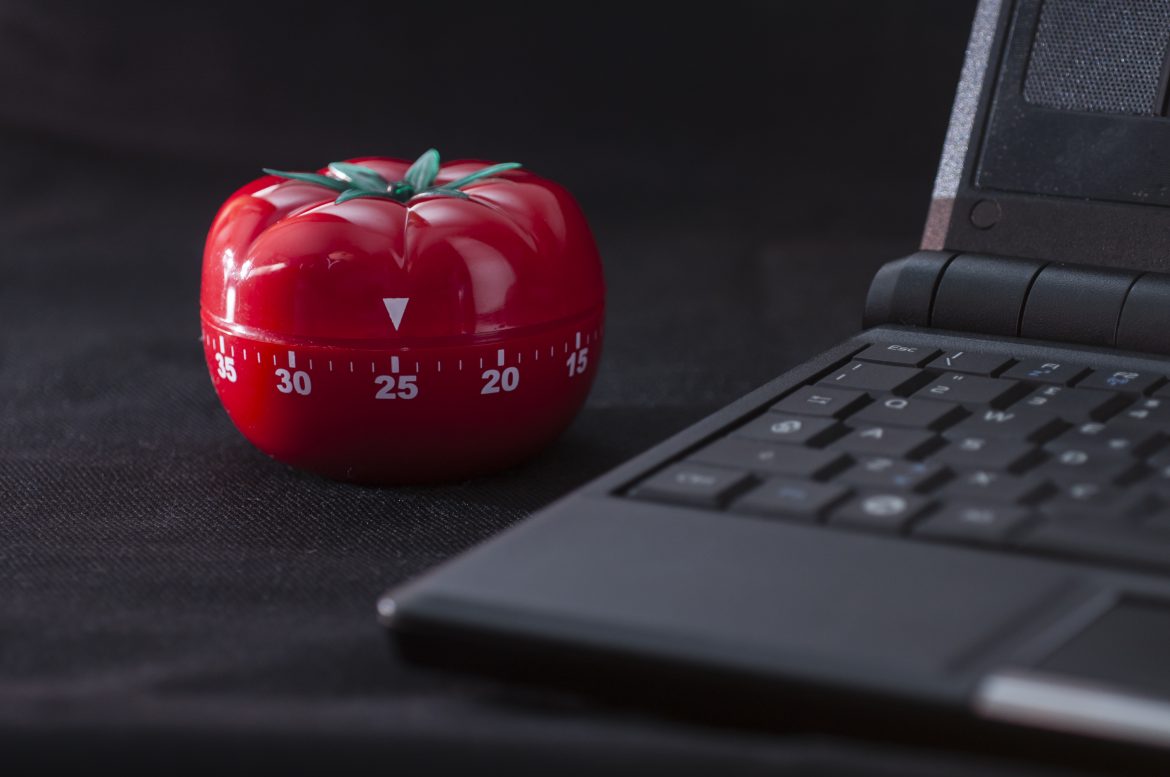What Time Management Style Works for You?
In our quest for productivity, we often fall into the trap of one-size-fits-all advice. From “gut it out” mentalities to rigid scheduling systems, many experts assume there’s only one way to get things done. But as Jill from the Northwoods insightfully shares, productivity isn’t about following someone else’s blueprint—it’s about discovering the system that fits your personality, energy, and real-life needs.
This blog explores two core time management styles and how you can blend them to create a rhythm that energizes rather than exhausts you.
The Myth of the Universal Productivity System
When we talk about productivity, the conversation often gets framed as “do it this way, or you’re doing it wrong.” Many books and podcasts promote singular focus and deep work as the gold standard. But the truth is, not every brain works that way—and forcing yourself into a mold that doesn’t fit can lead to burnout, resentment, and unfinished tasks.
Jill makes it clear: the goal isn’t to push through misery just to check a box. It’s to find a way to work that keeps you coming back, energized and engaged.
Style 1: Deep Work and Singular Focus
Inspired by Cal Newport’s concept of Deep Work, this approach revolves around intense, distraction-free concentration. Writers, programmers, analysts, and other professionals who thrive on uninterrupted mental flow may find this method powerful. It avoids attention residue—where switching tasks leaves your brain scattered—and promotes mastery by training your brain to go deeper over time.
But it’s not for everyone. Deep work requires long stretches of quiet, high mental clarity, and the ability to shut out distractions—an environment many people simply don’t have. It also can feel like mental quicksand if your energy dips or if you need variety to stay motivated.
Style 2: Task Variety and Cyclical Flow
Jill personally finds more success with a varied task approach. This method involves working in shorter bursts across multiple tasks. Rather than spending six hours on one project, you might rotate between emails, creative work, planning, and meetings. This keeps energy flowing and allows your brain to reset between efforts.
Using tools like Kanban boards and productivity apps like Notion, Jill organizes her workflow by theme, energy level, or task type. She even sorts podcast tasks—like recording, editing, and posting—into separate boards based on how she feels on any given day.
This approach works well for people with ADHD or anyone who finds prolonged focus exhausting. But the trade-off is that tasks may span across multiple days, which can appear like lack of progress even when you’re steadily moving forward on many fronts.
The Role of Energy Management
One of Jill’s most insightful points is the idea of managing energy—not time. For instance, mornings are better for her physical tasks because her brain hasn’t fully engaged yet. Afternoons, when she’s most alert and sociable, are perfect for meetings, planning, and mentally intensive work.
By mapping your energy throughout the day, you can assign tasks based on how you feel. This simple but powerful shift helps you get more done without draining your reserves.
Tools and Techniques That Support Both Styles
Whether you lean toward deep work or varied tasks, there are systems that can enhance your effectiveness:
- Time Blocking: Allocating large chunks of time for specific task types helps prevent task overload and creates focus windows.
- Pomodoro Technique: Set a timer (usually 25 minutes) for focused work, followed by a short break. Great for tackling dreaded tasks like yard work or intense emails.
- Kanban Boards: Visual task tracking lets you manage where projects stand and sort them by mood, energy, or category.
- Themed Hours or Days: Dedicating a specific window to a theme (e.g., house chores, learning, podcasting) helps you align your energy and environment.
Applying the Lessons to Your Life
Instead of trying to “fit the mold,” Jill encourages listeners to experiment with both styles. Try a week of deep focus and see how it feels. Then try a week of rotating tasks in short intervals. Track your energy, progress, and enjoyment.
If your work life is rigid, blend the systems. Use your most focused hours for high-priority items and reserve the rest of the day for task cycling or administrative work. And don’t forget to communicate your workflow to your team. Let them know how and when you deliver your best work.
Final Thoughts: There Is No “Wrong” Way
Jill’s biggest takeaway? The best system is the one that helps you get things done repeatedly without burning out. Whether you thrive in focus marathons or task playlists, the important thing is momentum. Know yourself, honor your energy, and create a system that works with—not against—your natural rhythms.
So this week, ask yourself: What makes me feel productive? When do I have the most energy? Do I need silence or variety to thrive?
Then try both systems and customize your own workflow. Small steps in the right direction, after all, lead to lasting progress.

